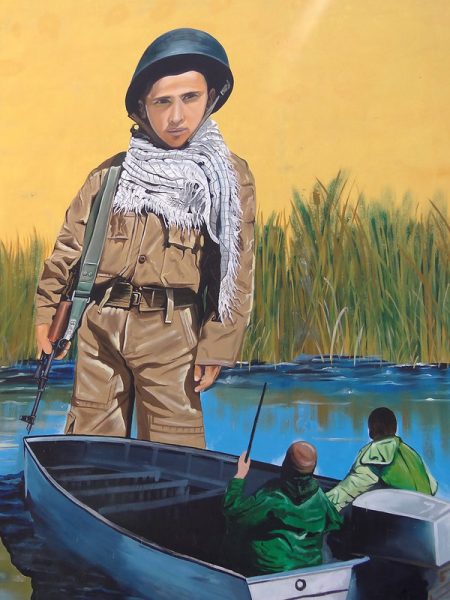In 2014, Boko Haram made global headlines when militants kidnapped 276 girls from school in Nigeria. Policy makers, activists, and celebrities across the globe mobilized, calling for action to #BringBackOurGirls. But in the case of child soldiers, the moral lines are often less clear because they are simultaneously victims and perpetrators. Ex-Boko Haram fighters, including at least 8,000 children, currently face a new battle as they seek to reintegrate into civilian life despite stigma. Research on the social construction of victimhood and childhood can help us better understand child soldiers.
Ideas around morality, righteousness, and innocence of victimhood differ across time and place. In World War I, for example, soldiers who suffered from trauma were treated as weak or unpatriotic by superiors and medical professionals. In the aftermath of WWII and the Holocaust, humanitarian actors and mental health professionals led movements to redefine victims of violence as worthy of respectability and reverence. Characterizations of victimhood are also contrasted with perpetrators — the innocent, passive victim is defined in opposition to the active, wrong-doing perpetrator. Sociologists examine how such labels are constructed, and in practice, moral lines are rarely so clear.
- Trudy Govier. 2015. Victims and Victimhood. Peterborough: Broadview Press.
- Didier Fassin and Richard Rechtman. 2009. The Empire of Trauma: An Inquiry into theCondition of Victimhood. Princeton: Princeton University Press.
- Aliza Luft. 2015. “Toward a Dynamic Theory of Action at the Micro Level of Genocide: Killing, Desistance, and Saving in 1994 Rwanda” Sociological Theory 33(2): 148-172.
Media outlets often depict child soldiers as helpless victims who are abducted and indoctrinated by militia groups. This is due to media representations of children as innocent and naive. However, many children volunteer to enlist due to survival techniques. Thus, scholars have sought to depict child soldiers as “agentic,” rather than passive victims. While the media emphasizes the binary between childhood and adulthood, child soldiers occupy an ambiguous space between these categories. This ambiguity is the result of a child soldier being capable of extraordinary violence and simultaneously symbolizing the innocence of childhood. Scholars argue that challenges to reintegration stem from how children have been socialized into militias, as well as their young ages.
- Lucille Gretry. 2011. “Child Soldiers: Our Representation Challenged by their Reality.” International Journal of Sociology and Social Policy. 31(9/10): 583-593.
- Lorraine MacMillan. 2009. “The Child Soldier in North-South Relations.” International Political Sociology 3: 36-52.
While child soldiers occupy the muddy moral grounds of victimhood, these categories remain important, particularly for issues of restorative justice and reintegration in their communities.
For more on victimhood across different contexts, see these TROTs:


Comments